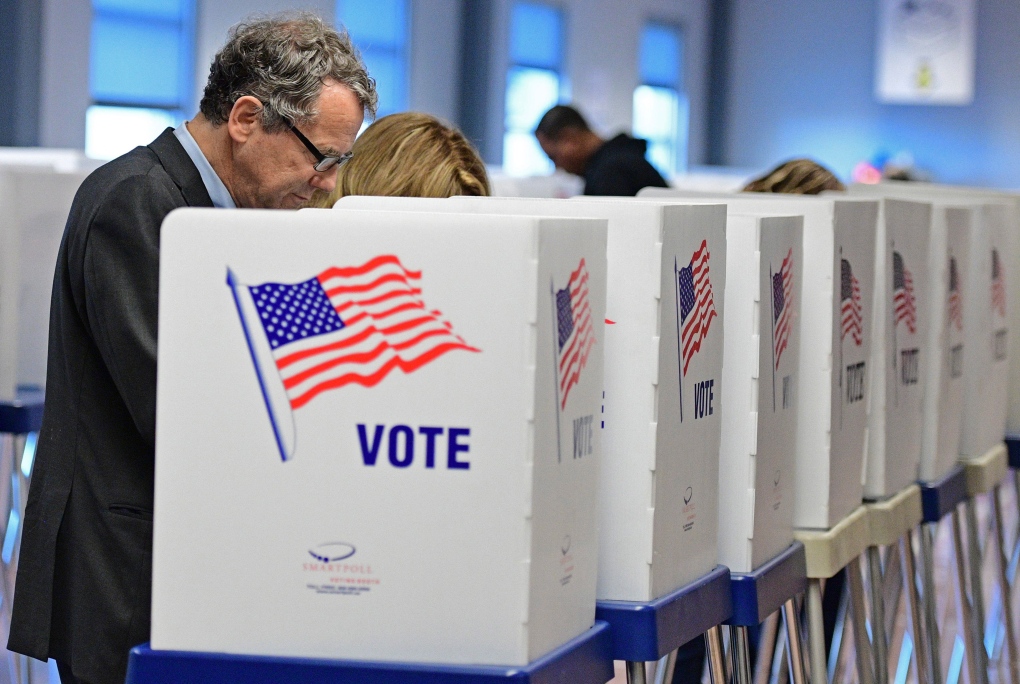Indo-American trade: FTA talks may start after US elections
Financial Express - 16 March 2020
Indo-American trade: FTA talks may start after US elections
By Banikinkar Pattanayak
At a joint press meet with Prime Minister Narendra Modi in New Delhi last month, American President Donald Trump had said India and the US had agreed to focus on a “comprehensive trade deal”.
India and the US will likely explore the feasibility of a full-fledged free trade agreement (FTA) to boost bilateral trade only after the US presidential elections in November, sources told FE. However, a limited deal, based on the convergence so far, may be signed before that. While the quantum of incentives involved in the limited deal is still unclear, it could cover products with a total bilateral trade of around $13 billion a year, more than the initial expectation of $10 billion. At a joint press meet with Prime Minister Narendra Modi in New Delhi last month, American President Donald Trump had said India and the US had agreed to focus on a “comprehensive trade deal”. Modi, too, said: “President Trump and I have agreed that our teams will give a legal shape to the understanding that our commerce ministers have reached. We have also agreed to start negotiations for a big trade deal.”
As part of the initial deal, in the works for months, India is learnt to have agreed to sweeten its offer on the price control regime for medical devices and apply trade margin on coronary stents and knee implants at the first point of sale (price to stockiest), instead of imposing it on the landed prices, as was planned earlier. The move could help American medical equipment makers such as Abbott Laboratories and Boston Scientific Corp. Similarly, New Delhi is willing to offer greater market access in agricutlure and also cut import duties on motor cycles, which will help Harley Davidson.
The government last year trimmed the import duty on all completely built-up (CBU) motorcycles to 50% from 100% after Trump had raised the issue. At the same time, it increased the tariff on completely knocked-down (CKD) units from 10% earlier to 15%. Harley — which has a plant in this country since 2011 — imports most of its components such as engines, gear box, transmission mechanism etc in a pre-assembled form that are liable for just a 15% duty now.
However, there are differences over certification procedures for dairy imports from the US. New Delhi wants mandatory certification of dairy products, specifying that the source animal was not raised on animal protein, as it’s a religious issue in India. While major dairy producers such as Australia and New Zealand have no issues providing such a certificate, the US has been reluctant to comply with this. Washington also wants India to scrap retaliatory tariffs on dozens of American products, including almond and apple. These extra tariffs were imposed as tit-for-tat action for the US move to slap additional tariff on steel (25%) and aluminium (10%) from countries, including India.
For its part, India is pitching for an exemption from the extra duty on steel and aluminium, and a complete restoration of duty-free export benefits for some Indian goods under the so-called Generalised System of Preferences (GSP). It wants greater as well as easier US market access for its fruits, including grapes and mangoes. The limited deal was supposed to be signed during Modi’s visit to the US in September last year, but a lack of consensus had then stalled it.
Both the countries are also yet to reach a consensus on US’ demand that India scrap an up to 20% duty on seven ICT products, including mobile phones worth over Rs 10,000 and smartwatches. Nevertheless, India has strived to narrow the stark differences through hard negotiations over the months. It may consider lowering duties on very expensive phones if it gets commensurate offers in return. New Delhi has already conveyed that while an across-the-board cut of import duties on the seven items would cost it a massive $3.2 billion a year and help only third parties (like China and Korea) that supply more.
Trump has been asking India to reduce its tariffs and lower its trade surplus with the US. As such, India’s trade (both goods and services) surplus with the US dropped from $30 billion in 2016 to $25 billion in 2018, even though overall trade jumped from $114 billion to almost $143 billion during this period, according the US official data.






